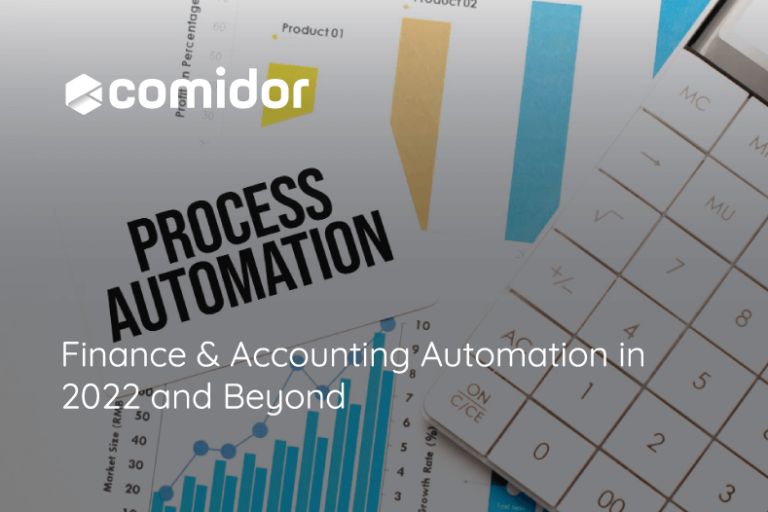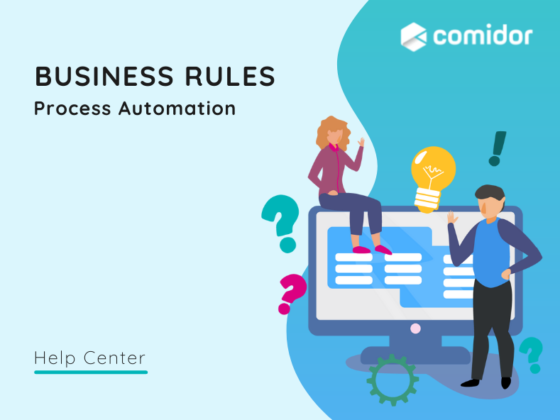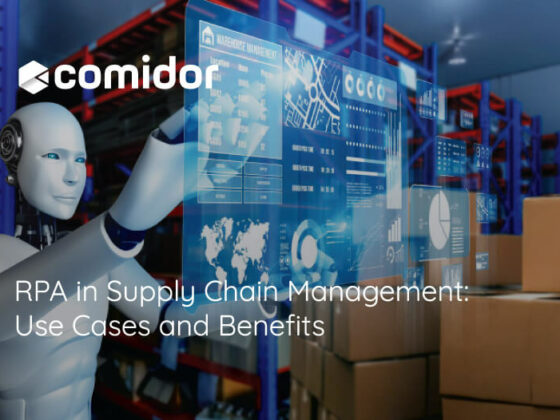The Finance and Accounting industry is a veritable warehouse of data. Banks and other financial institutions compile and maintain paperwork that counts for gigabytes of electronic information. For instance, building a specific finance or accounting report requires multiple employees to visit the site where data is stored, make copies, and organize the information into a presentation.
This setup is very inefficient. The process consumes resources that could have been diverted to other important accounting tasks within the organization or the financial department. Fortunately, the digital age has introduced numerous solutions that could help streamline various financial and accounting processes. In other words, finance automation is now a reality.
How Accounting Automation Can Help the Finance & Accounting Industry
Automation can improve the efficiency of the following processes in the finance & accounting industry:
- Accounts Payables
Accounts payable processing deals with humongous amounts of data. The sheer number of invoices alone makes the human user prone to mistakes and inconsistencies. Automation, however, avoids these shortfalls and shortens the processing time of invoice approvals.
- Source-to-pay
Automation can significantly shorten the turnaround time for extracting supplier invoices, gathering payment details, and forwarding the money to the vendors themselves. Automated tools are now able to access vendor emails to read invoices and gather other relevant information needed to complete the transactions.
- Data analysis
Before automation, employees had to pore through stacks of documents to find and then copy data for their reports. Computers reduced the amount of paperwork, but manpower still had to manually copy and paste information. With automation powered with RPA and other intelligent technologies, however, the software will analyze the data and present it according to the parameters set by the user.
- Credit risk assessment and management
Automation helps finance companies accurately measure a prospect’s risk and charge the appropriate interest rates, or deny financing altogether. Credit data can be instantly updated from the credit bureaus, and automated analysis can make instant decisions on approval or rejection.
It’s interesting to think about how financial and accounting automation can be achieved. There are various methods of automating finance and accounting processes in particular. These technologies are outlined in brief below.
Technologies used for Accounting Automation
Workflow Automation
Workflow automation is a great way to improve the efficiency of accounting work. There are many benefits of using workflow automation for accounting. It’s not only about saving you time by automating the most tedious parts of accounting and finance processes, it’s also about saving money, improving accuracy, and generating better results.

When it comes to accounting and finance, the ability to free up resources and allow employees to focus on other tasks plays a crucial role. Normally, massive paperwork and manual entry are required to be done by Accounting professionals. With workflow automation, all these time-consuming tasks are automated, run in the background, thus, freeing up time for users. Capabilities like integration with third-party systems, business logic implementation, workflow controls, and task escalation are only some of the must-have features of workflow automation software.
Robotic Process Automation
Scripts, macros, and bots are some of the earliest technologies used in automation since they have helped free up time and improve people’s efficiency and productivity over many years. McKinsey estimates that these early technologies are capable of automating 42% of activities in the finance department. Automation using scripts, macros and bots becomes tricky when the need to interface between multiple applications arises. In this case, there are other methods of creating and using scripts. The bottom line – all processes still take time and tie up manpower. That’s where Robotic Process Automation or RPA comes in.
RPA is simply software that acts as a middleman between two unrelated systems. RPA, for instance, can extract the invoice data from a PDF file and then upload them directly to another system. For example, in a sales order process, RPA bots replicate human actions, send data, and create an order in the ERP system.
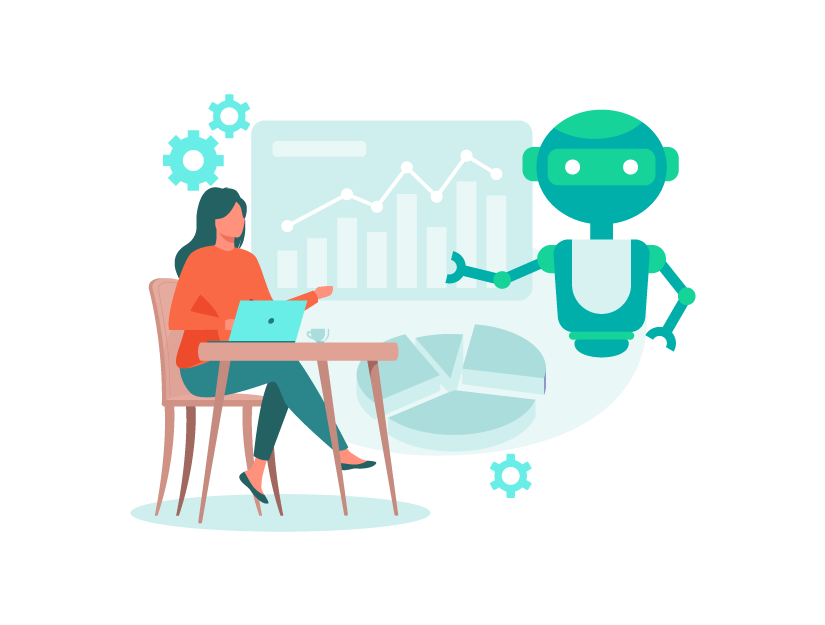 RPA bots are autonomous and do not rely on a mother program like Excel to work. They can also be used by individuals with virtually no programming knowledge. Most importantly, it takes but a few minutes for a well-trained employee to create the automated process.
RPA bots are autonomous and do not rely on a mother program like Excel to work. They can also be used by individuals with virtually no programming knowledge. Most importantly, it takes but a few minutes for a well-trained employee to create the automated process.
Cognitive Automation
Artificial Intelligence is the pinnacle of automation technology. AI is a piece of software that follows a preset algorithm but can make intelligent choices, within the predefined limits, involving the inputted data. This capability allows the software to perform a thorough analysis and present the data in a structured manner without errors or inconsistency.
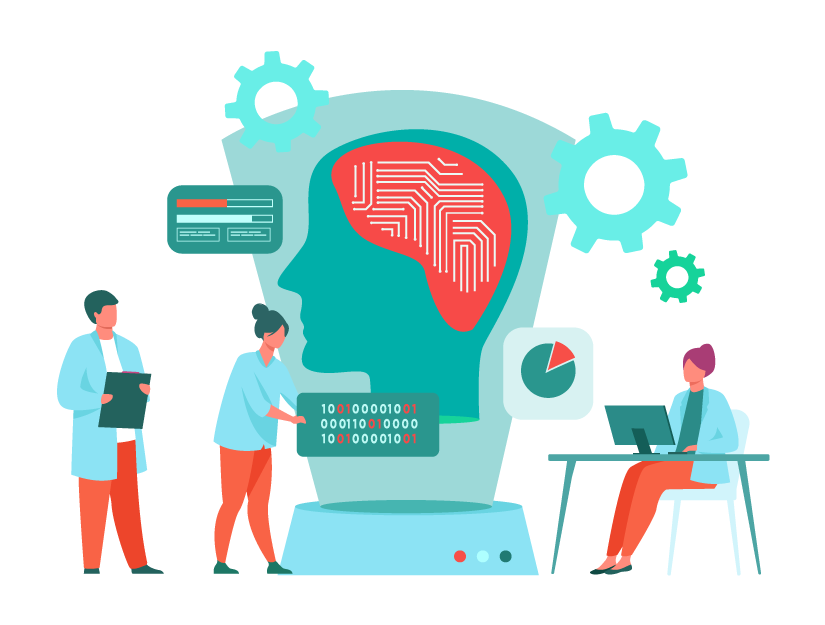
AI also gives way to intelligent automation. IA combines the analytical capabilities of Artificial Intelligence with the capabilities of Robotic Process Automation. The most notable implementation of IA in the finance industry is the Erica virtual assistant developed by the Bank of America. Erica is capable of analyzing each customer’s banking history and making intelligent recommendations of financial products to the user.
Artificial Intelligence and Machine Learning algorithms constitute a great choice when there is a constant flow of data, and the decision-making process is extremely difficult and complex. Such examples include the generation of financial reports, payrolls, procurement process, analysis of employee productivity, new product launch, or predicting future churn rates.
Summary
All in all, time and manpower are the two crucial elements of business efficiency. A business process that ties down these two resources can have adverse effects on productivity and performance. Simple as they are, mundane tasks like data management and entry can still consume precious time and personnel.
Finance and accounting automation enhances business efficiency by shortening the time required to perform these routine tasks. At the same time, automation also ensures that all reports generated continue to be accurate and reliable. This perk allows managers to make timely and sound decisions. Indeed, accounting automation is an asset that every financial or accounting department should not be doing without.
Provide a seamless automation experience to your Financial & Accounting employees


